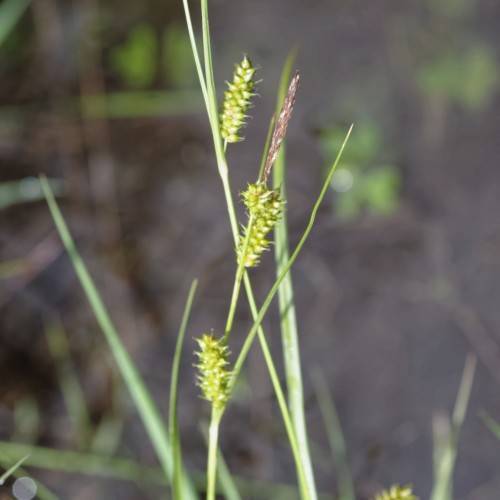
Lined Sedge
Carex striatula
Watering:
Average
Hardiness Zone:
Flowers:
Flowers
Sun:
Sun, Partial Shade
Soil:
Clay, Sand, Loam
Leaf:
Yes
Growth Rate:
Low
Drought Tolerant:
Yes
Salt Tolerant:
Yes
Care Level:
Medium
watering
Stalk Grain Sedge (Carex stipata var. stipata) should be watered every 2-3 days during its active growing season (May-September). Water the plant deeply enough that the top few inches of soil become slightly moist. During colder months, reduce watering to once per week. This species likes moist soils and may require more frequent watering during particularly dry periods.
sunlight
Stalk Grain Sedge (Carex stipata var. stipata) is a sun-loving perennial plant species that requires at least 4 hours of direct sunlight per day, with the ideal in full sun. The plant benefits from morning sunlight and when exposed to full, direct sunlight for too long, it will cause the leaves to become yellow and start to wilt. For optimal growth, the plant should receive indirect sun for the remainder of the day. Avoid exposing the plant to temperatures above 75°F (23°C) for extended periods of time.
pruning
Stalk Grain Sedge (Carex stipata var. stipata) should be pruned once a year in late summer or early fall, just after the growing season. Pruning should involve removing any dead leaves or stems from the plant, as well as cutting off any flower clusters that have formed. This will promote healthy new growth for the following season and will help to control the size of the plant. When pruning, a good rule of thumb is to keep the foliage at approximately 6 inches from the ground.
